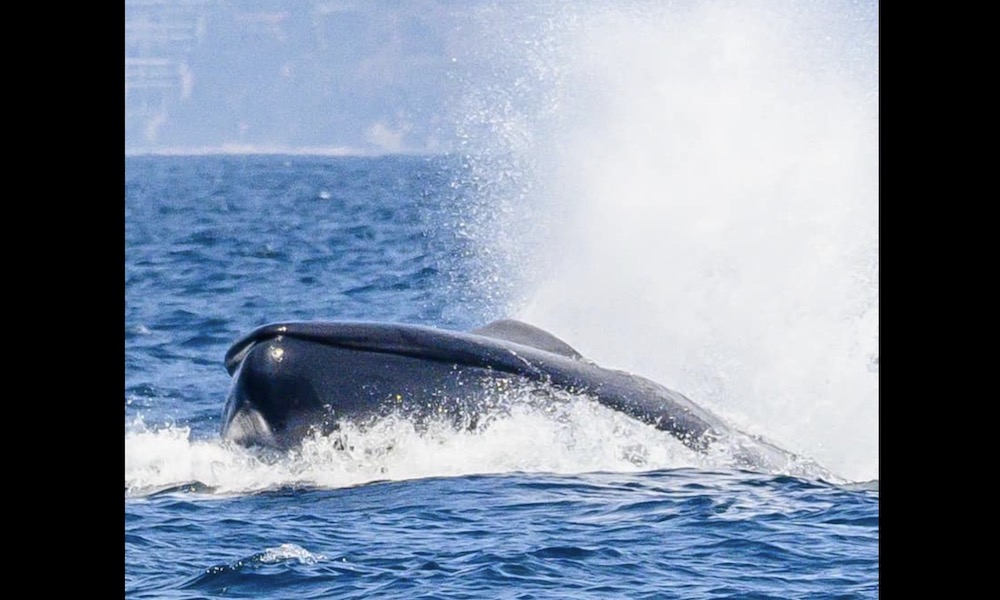Blue whales are the largest creatures on the planet and can weigh more than 150 tons, so only rarely are the great leviathans observed traveling at high speeds.
But on Monday off Dana Point, Ca., boaters were in awe as at least three blue whales, perhaps feeling amorous, exhibited racing behavior in a spectacle described by one naturalist as “one for the record books.”
The accompanying video footage was captured by Capt. Dave’s Dana Point Dolphin & Whale Watching. The images were captured by Laura Lopez for Dana Wharf Whale Watch.
In the video, three blue whales are shown interacting in what might be courtship behavior: “Possibly two males competing for the attention of the female,” Capt. Dave’s wrote.
ALSO: Tourists spot one of rarest animal species at Denali National Park
There appears to have been physical contact and, at times, the whales were clocked at 15 knots, or just above 17 mph.
It’s remarkable, considering that blue whale sightings typically involve slow and predictable movements as the mammals, which can measure 100 feet, surface to breath and sometimes reveal tail flukes as they begin to dive.
Dana Wharf Whale Watch posted 21 images to Facebook late Monday, and early Tuesday posted video showing more action. Lopez described the behaviors:
“On our first 2 trips, we saw groups of 4 Blue Whales often swimming very close together ~ side by side, rolling [and] displaying ventral pleats, pectoral fins and tails, simultaneous high chin slaps while racing across the water at high speeds.
“Other times, they seemed to be following in a line up all bursting the water’s surface together. One or two whales would separate from the group and then rejoin. These behaviors indicate the whales could likely be engaged in courtship.”
Blue whales, an endangered species, are found globally and number about 15,000 animals.
A lot remains unknown regarding breeding areas and patterns, but blue whales typically give birth in tropical or subtropical waters. A newborn blue whale calf weighs approximately 4,000 pounds.





